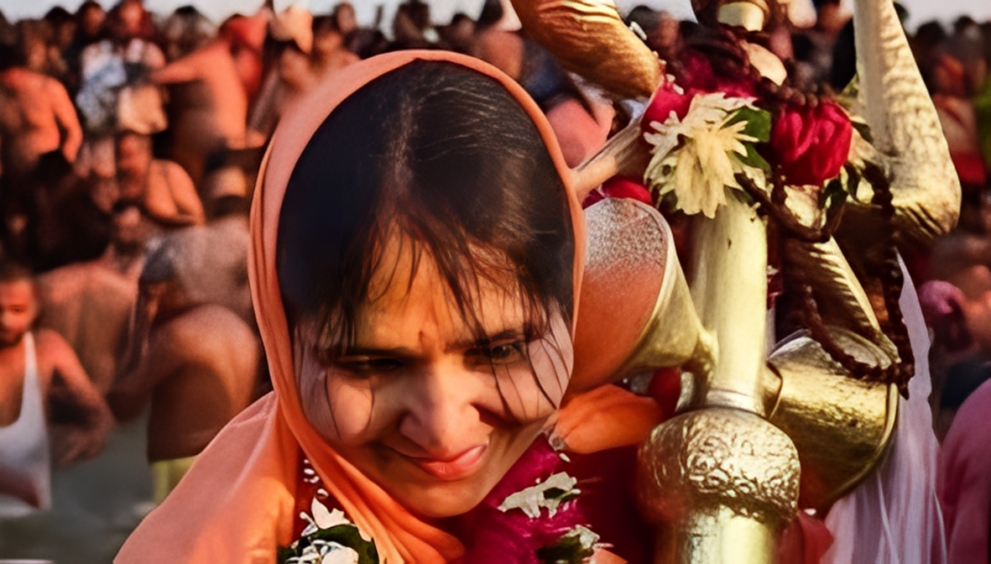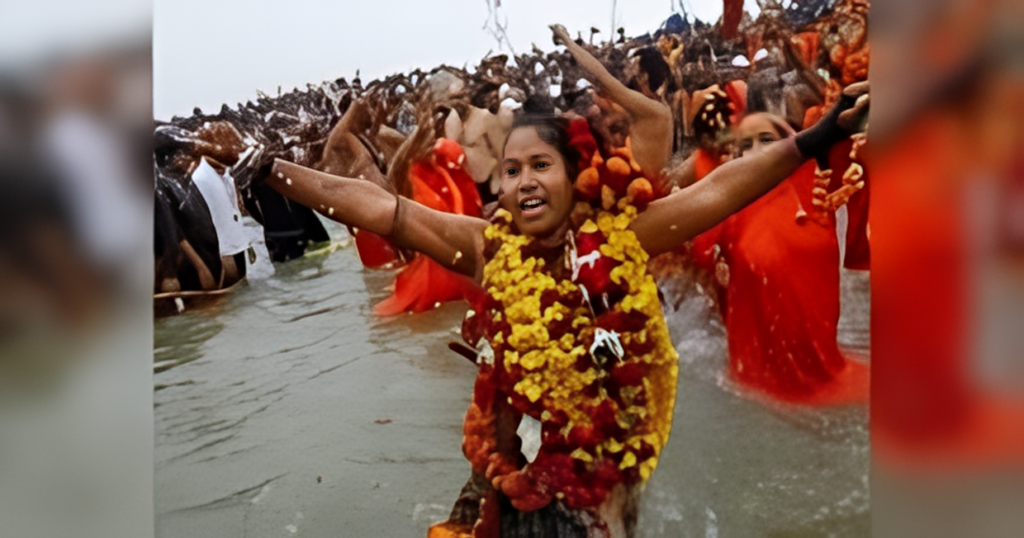Female Naga Sadhu: Where Do Women Naga Sadhus Go After Kumbh? Discover the Mystical Aspects of Their Lives

The Naga Sadhus are an integral part of India’s spiritual landscape, particularly during the Kumbh Mela, one of the largest religious gatherings in the world. While the Naga Sadhu community is predominantly male, there exists a fascinating and lesser-known group within this sect: the female Naga Sadhus. These women have broken conventional boundaries to embrace a life of asceticism, spirituality, and mysticism. But once the Kumbh Mela concludes, where do these women go, and what is the secretive life they lead?
The Life of a Female Naga Sadhu
Female Naga Sadhus, like their male counterparts, dedicate their lives to spirituality and renunciation. They wear minimal clothing, often in the form of ochre robes, and live a life of complete detachment from material possessions. Their lifestyle is deeply rooted in the pursuit of spiritual enlightenment, and they believe in the liberation of the soul (moksha) through rigorous practices such as meditation, fasting, and penance.
These women often belong to specific spiritual traditions or ashrams, where they are guided by senior Sadhus. They have renounced the conventional roles of women in society, choosing instead to live a life of celibacy, asceticism, and devotion. During the Kumbh Mela, they gain attention for their unique appearance and powerful spiritual presence, participating in the grand rituals and bathing in the holy river to cleanse themselves of sins.

Where Do Female Naga Sadhus Go After Kumbh?
Once the Kumbh Mela concludes, the female Naga Sadhus, like their male counterparts, return to their ashrams or secluded places of meditation, where they continue their spiritual practices. Unlike the public-facing rituals at Kumbh, the rest of their lives are often spent in relative isolation. These women live away from society, often in remote locations, where they can focus on their religious practices without distraction. Some may reside in Himalayan caves, far from the bustle of urban life, while others may find peace in forest retreats or monasteries.
For many female Naga Sadhus, their spiritual journey is not a public pursuit. After the Kumbh, they are not seeking fame or recognition but prefer a life of solitude, introspection, and prayer. These women may also travel to other religious sites across India, where they can meditate, study scriptures, and engage in quiet rituals, further deepening their understanding of the divine.
Challenges Faced by Female Naga Sadhus
While the life of a Naga Sadhu is filled with deep spirituality and devotion, it is not without its challenges. Women in this traditionally male-dominated community often face skepticism, discrimination, and isolation. The path they have chosen is filled with obstacles, and they are often seen as outsiders, even within the Naga Sadhu community itself.
Despite these challenges, female Naga Sadhus remain resilient in their commitment to their spiritual path. They have found ways to assert their place in a world that may not always recognize their contributions to the sacred traditions. In doing so, they become powerful symbols of strength, self-discipline, and unwavering devotion.

The Mystical Life of Female Naga Sadhus
The lives of female Naga Sadhus are filled with mystery and intrigue. Their rejection of materialism, their commitment to spirituality, and their choice to live a life apart from society make them fascinating figures in the religious landscape of India. Many people view them as living embodiments of spiritual power, as they seek not only to transcend earthly attachments but also to explore the deeper mysteries of life and the universe.
Their experiences often remain hidden from the public eye, adding to the aura of mysticism surrounding their lives. The few who share their stories describe a life of intense discipline, quiet contemplation, and a deep connection with the divine. For many, the journey of the Naga Sadhu, especially the female practitioners, represents a quest for truth, freedom, and ultimate peace.
Conclusion
The female Naga Sadhus lead lives of extraordinary devotion, sacrifice, and mystery. After the grand spectacle of the Kumbh Mela, they retreat into a life of seclusion, continuing their spiritual practices away from the public eye. Their lives, though largely hidden, reflect a profound commitment to spiritual growth and liberation. For those who seek to understand the true essence of spirituality, the lives of these women are a powerful testament to the resilience of the human spirit and the pursuit of higher truths.





















